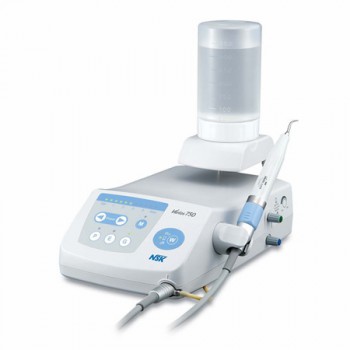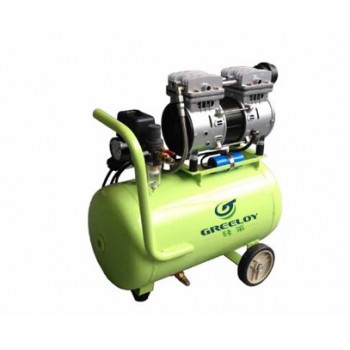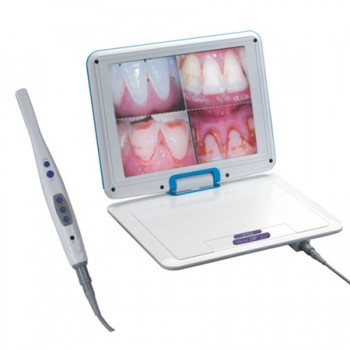people who have not had their teeth cleaned in a long while may expect to experience a longer cleaning, and some extra pulling or scraping to remove plaque from teeth. For most people, however, a dental cleaning is more inconvenient than painful.

People usually don’t need pain medication for a dental cleaning. Some patients are made so nervous by dentists that they may ask for nitrous oxide though. Alternately, a patient might take a tranquilizer about an hour before the appointment to help with anxiety. In cases of extreme anxiety, some dentists use a method called sleeping dentistry, where a patient can be medicated and essentially sleep through a procedure.
Dental cleanings often conclude with advice about how to care for teeth at home, and scheduling any appointments needed for more extensive services, like filling cavities. People with busy dentists should schedule their next cleanings well in advance, so as to keep regular six-month cleaning appointments.
Most dental cleanings take between 30 minutes and an hour. If the cleaning is part of a yearly check-up, the dentist may also take X-rays by dental x-ray machine to check for cavities. A dental hygienist usually performs most of the cleaning. The dentist will normally take a last look, and perhaps perform some difficult plaque removal toward the end of the cleaning, as well as evaluate the gums for gum disease.
Dental hygienists generally use several tools during a dental cleaning, including a tooth polisher and a dental scaler. Tooth polishers buff teeth and eliminate tiny pieces of plaque. They generally have several different sized heads for cleaning hard to reach places. Scalers look a bit like metal hooks and are used to remove hard plaque, especially between teeth. Some people find the use of a scaler uncomfortable, depending on their sensitivity level, pain threshold, the length of time since the last cleaning, and the extent of plaque build-up.
Dentists may also employ a device that shoots water into the mouth, so the person can rinse out plaque several times during the cleaning. In some cases, a dentist may merely use mouthwash for this purpose.


